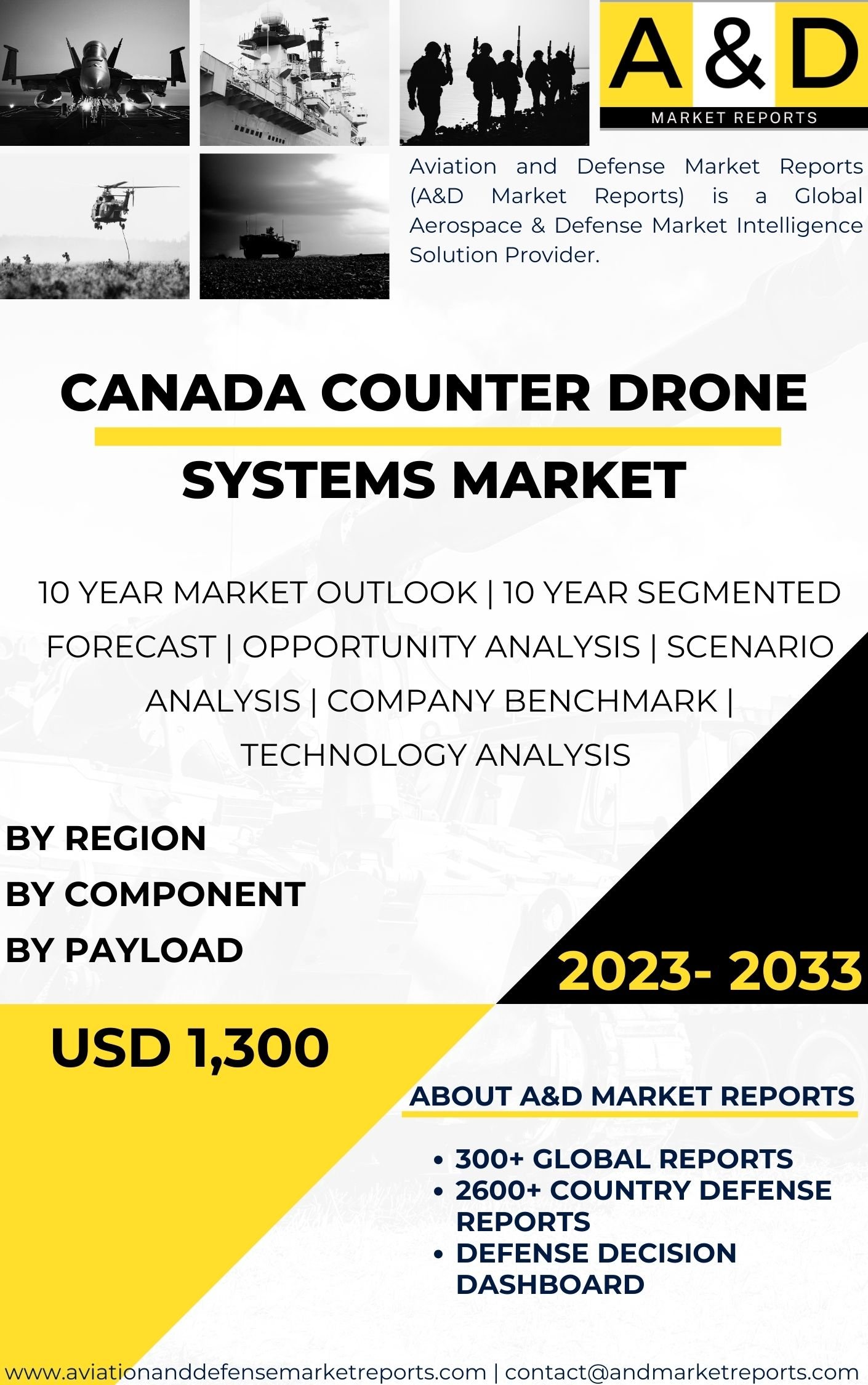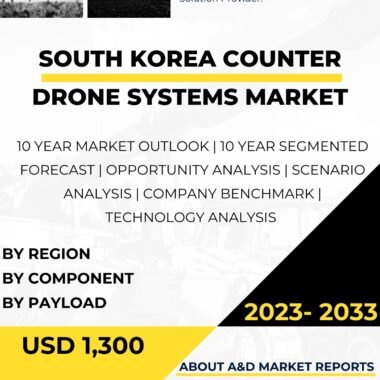Description
Canada’s adoption of counter-drone systems reflects the country’s commitment to addressing the emerging threat posed by unmanned aerial vehicles (UAVs) or drones. As drone technology becomes more accessible and widespread, there is an increasing concern about their potential misuse for malicious activities, including surveillance, smuggling, and even terrorist attacks. Counter-drone systems play a critical role in protecting critical infrastructure, public safety, and national security by detecting, identifying, and neutralizing unauthorized or hostile drones.
One of the primary challenges in countering drones is their small size and low radar cross-section, making them difficult to detect using traditional radar systems. To address this issue, Canada has invested in a range of counter-drone technologies that combine multiple sensors and methods to achieve comprehensive drone detection.
Radar-based systems are essential components of Canada’s counter-drone capabilities. These systems use radar technology to detect and track drones, even in challenging weather conditions or cluttered environments.
Additionally, radiofrequency (RF) sensors and geolocation systems are utilized to identify the communication signals between the drone and its operator, allowing authorities to determine the drone’s origin and take appropriate action.
Canada’s counter-drone systems often incorporate electro-optical and infrared (EO/IR) sensors to provide visual identification of detected drones. EO/IR sensors offer valuable data, such as the drone’s size, shape, and payload, enabling authorities to assess the threat level and make informed decisions.
Furthermore, acoustic sensors can be employed to detect the distinct sound signatures of drones, particularly useful in urban environments where visual tracking may be limited.
Integrating these sensor technologies into a cohesive system allows Canada to achieve a comprehensive and layered approach to drone detection.
The rapid proliferation of consumer and commercial drones has necessitated the development of counter-drone technologies that can adapt to evolving threats and overcome new challenges.
In response, Canada’s defense industry, research institutions, and government agencies collaborate to advance counter-drone technologies continually.
The Canadian Armed Forces and law enforcement agencies conduct testing and evaluation of various counter-drone systems to ensure their effectiveness and suitability for different operational scenarios.
Moreover, Canada’s investment in research and development focuses on developing counter-drone systems that are capable of distinguishing between legitimate drones and unauthorized or hostile ones.
This capability is critical in avoiding unnecessary disruption to legitimate drone operations while effectively countering potential threats.
To complement detection capabilities, Canada deploys various countermeasures to neutralize unauthorized drones. One of the commonly used methods is radiofrequency jamming, which disrupts the communication link between the drone and its operator, causing the drone to lose control and return to its starting point or land safely.
However, jamming techniques are subject to regulatory constraints due to potential interference with other electronic devices, requiring careful planning and coordination in their use.
Non-kinetic methods are also considered to mitigate the drone threat. These methods include the use of directed energy weapons, such as high-powered lasers, to disable or damage the drone’s components without causing collateral damage.
As counter-drone technologies evolve, Canada emphasizes the importance of adhering to existing laws, regulations, and international norms governing the use of such systems.
Ensuring the responsible and ethical deployment of counter-drone systems is essential to protecting privacy, avoiding unintended consequences, and upholding Canada’s commitment to human rights and civil liberties.
Public safety and security are paramount in the development and implementation of counter-drone measures, and Canada seeks to strike a balance between effective threat mitigation and safeguarding individual rights.
As the drone threat continues to evolve, Canada collaborates with international partners to share best practices and lessons learned in countering unauthorized drone activity.
This collaboration fosters greater interoperability and coordination among nations facing similar challenges and threats.
Moreover, Canada actively participates in multinational exercises and training events, where counter-drone capabilities are put to the test in realistic scenarios.
These joint operations enhance Canada’s readiness and capacity to work alongside allies in countering drone threats and protecting shared interests.
In conclusion, Canada’s adoption of counter-drone systems is a critical component of its efforts to address the emerging threat posed by unauthorized and hostile drones.
These counter-drone technologies utilize a variety of sensors, including radar, radiofrequency, electro-optical, and infrared, to achieve comprehensive drone detection and identification.
Canada’s investment in research and development ensures that its counter-drone capabilities continue to evolve and adapt to evolving drone threats.
Additionally, Canada deploys various countermeasures, such as radiofrequency jamming and directed energy weapons, to neutralize unauthorized drones effectively.
Responsible and ethical deployment of counter-drone systems is paramount to protect privacy, uphold human rights, and ensure public safety and security.
Canada collaborates with international partners to share best practices and lessons learned in countering unauthorized drone activity, fostering greater interoperability and cooperation in addressing the drone threat.
As drone technology continues to advance, Canada remains committed to staying at the forefront of counter-drone capabilities, safeguarding critical infrastructure, national security, and public safety.




